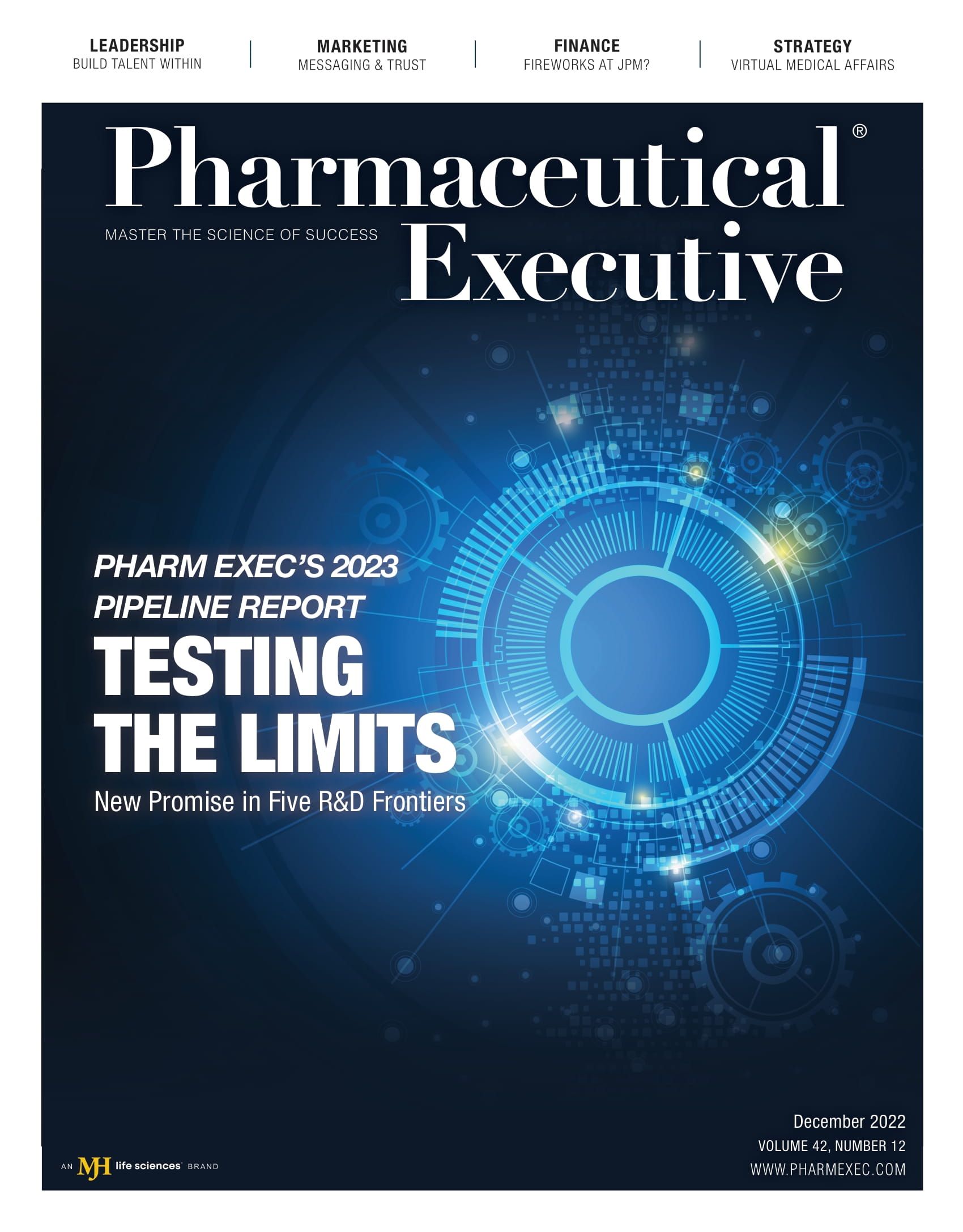Medical Affairs Uptick
Experts in attendance at Pharma 2022 share insights on medical affairs.

According to an article from the Pharmaceutical Executive archives, the medical affairs function has grown by more than 300%, making it one of the fastest growing in pharma, medical devices, biotech, and diagnostics, as the latter outside of pharma build out their own respective medical affairs and medical science liaison teams.
Search for “medical affairs” on PharmExec.com, and a bevy of resources explain the modernization and adaptability of that function.
We have noted the downward trajectory of pharmaceutical sales reps over the years, with a rise in omnichannel and targeted communication to HCPs over the past two to three years. HCP communications also involve a more collegial conversation; the same one in which medical affairs has always existed.
At Pharma 2022, a number of presenters took on the medical affairs topic. On a panel, one speaker noted that sales reps can’t manage the whole complexity around the drug conversation now. And that’s not a ding on them; the complexity around drugs is very tangible—from clinical trials, to the launch planning, a market access plan, and the supply chain. With that many players involved, who would expect one person to have all the answers?
A senior director at Moderna noted that not only clinicians want more from pharma, but so do patients in areas of diagnosis and services. Where medical affairs can help is interpreting and communicating not just therapeutic area-specific info, but also in mapping patient journeys, using data and analytics to guide physicians on treatment outcomes, and engaging with payers in regard to real-world evidence.
Similarly, a Roche representative noted at Pharma 2022 that sales reps are no longer the single source of information for healthcare professionals. The HCP will still have one point of contact, usually a medical science liaison, who can bring in expertise or the correct point person for the information requested. For Roche, this change in medical affairs was part of an overall internal exercise the company used to review its processes toward more agile methodologies. The company looked at moving timelines from “what you want to do in 18 months” vs. 90 days and fundamentally rethink whether processes were helpful or harmful to goals and ensuring healthcare and patients were at the center of these processes.
And, finally, a therapeutic area lead from Janssen EMEA noted that its own medical cloud, used only for EMEA-based healthcare professionals, is useful for communications and analysis for what HCPs want, as well as acting as a centralized resource. Near-term goals are to bring medical affairs into where launch gaps may be, with a focus on the medical education space to discover what HCPs actually want from these events and map that back to launches.
What was presented at these conferences reinforces the topics of the articles mentioned on our website. From use of AI and data to HCP communications and behavior and measuring value, the medical affairs function is definitely on the uptick.
Lisa Henderson is the group editorial director for Pharmaceutical Executive
and can be reached at lhenderson@mjhlifesciences.com.

Addressing Disparities in Psoriasis Trials: Takeda's Strategies for Inclusivity in Clinical Research
April 14th 2025LaShell Robinson, Head of Global Feasibility and Trial Equity at Takeda, speaks about the company's strategies to engage patients in underrepresented populations in its phase III psoriasis trials.
Beyond the Prescription: Pharma's Role in Digital Health Conversations
April 1st 2025Join us for an insightful conversation with Jennifer Harakal, Head of Regulatory Affairs at Canopy Life Sciences, as we unpack the evolving intersection of social media and healthcare decisions. Discover how pharmaceutical companies can navigate regulatory challenges while meaningfully engaging with consumers in digital spaces. Jennifer shares expert strategies for responsible marketing, working with influencers, and creating educational content that bridges the gap between patients and healthcare providers. A must-listen for pharma marketers looking to build trust and compliance in today's social media landscape.